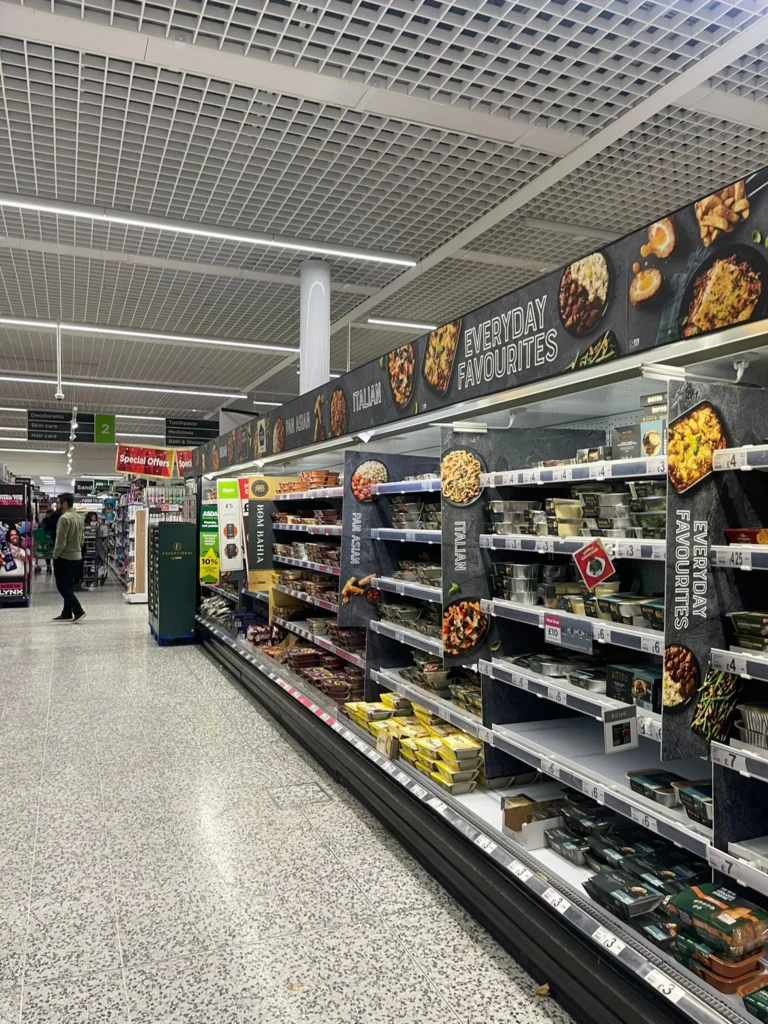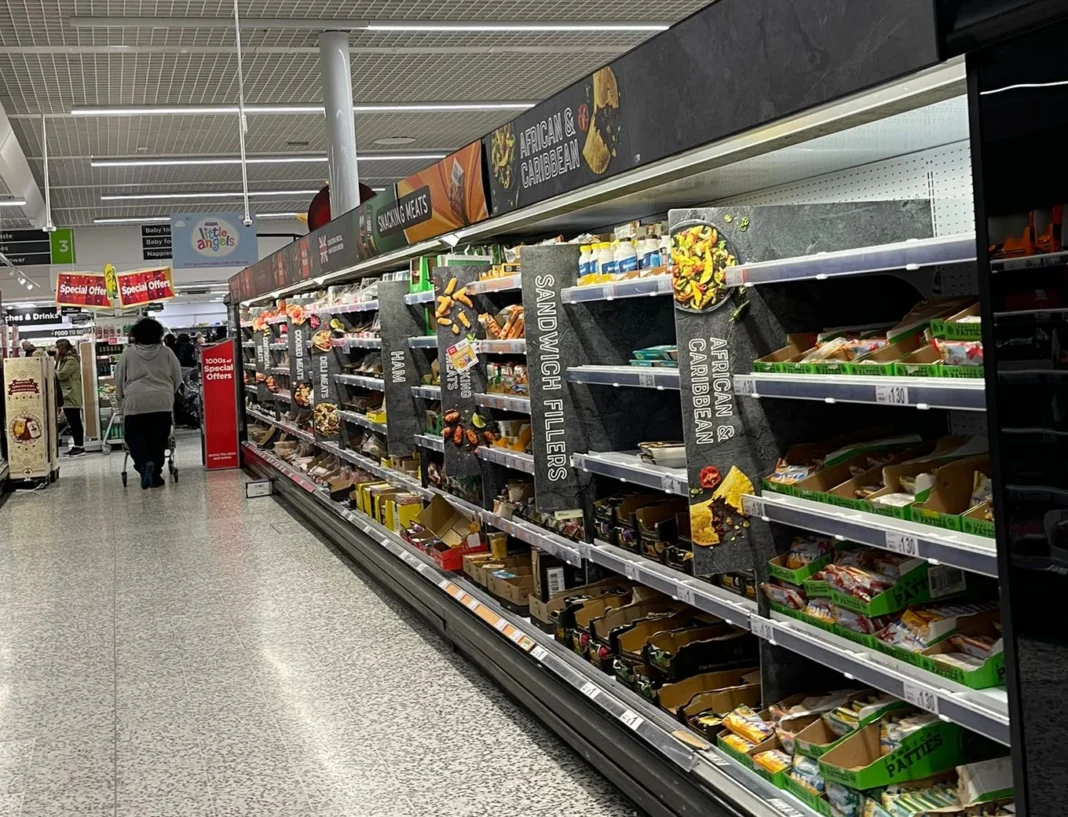The History of Supermarkets: From Concept to Global Phenomenon
Supermarkets have become an essential part of daily life for millions of people worldwide. They allow us to access a variety of products in one location, saving time and providing convenience. But where and when were supermarkets invented, and how did they evolve into the global retail giants we know today? Let’s take a journey through the history of supermarkets and their impact on modern life.
What Is a Supermarket?
A supermarket is a large self-service store that offers a wide variety of goods, including food, beverages, household items, and personal care products. What sets a supermarket apart from traditional stores is its focus on self-service, large-scale inventory, and competitive pricing. This model revolutionized retail by prioritizing customer convenience and efficiency.
Early Retail: The Predecessors of Supermarkets
Before supermarkets, grocery shopping was a fragmented process. Customers had to visit separate specialized stores, such as butcher shops for meat, bakeries for bread, and general stores for dry goods.
- The General Store Era (18th-19th Century):
- General stores in the United States and Europe were small establishments selling basic goods.
- They relied on clerks to retrieve items for customers, often leading to slow and inefficient service.
- The Chain Store Movement:
- In the late 19th century, chain stores like A&P (The Great Atlantic & Pacific Tea Company) began to dominate. By 1915, A&P operated thousands of small stores across the United States, offering uniform prices and product availability.
The Birth of the Modern Supermarket
The concept of the supermarket as we know it emerged in the early 20th century. It combined self-service shopping with large inventories and affordable prices.

The Piggly Wiggly Effect (1916)
The first true supermarket is widely credited to Piggly Wiggly, which opened in Memphis, Tennessee, in 1916. It was revolutionary for two reasons:
- It introduced the concept of self-service shopping. Customers could browse aisles and select items themselves, unlike the old model where clerks fetched goods for them.
- Prices were clearly marked, eliminating haggling and offering transparency
Supermarket Growth During the Great Depression
The economic hardship of the 1930s fueled the growth of supermarkets:
- Families sought cost-effective ways to shop, and supermarkets offered significant savings.
- Chains like Safeway and Kroger adopted the self-service model to scale their operations.
- Low prices, wide selections, and convenience became major selling points.
Global Expansion and Evolution
The supermarket model spread rapidly across the globe after World War II.
- United States (Post-War Boom):
- Suburbanization and the rise of car culture led to the development of large supermarkets with ample parking.
- Chains like Publix, Winn-Dixie, and Albertsons expanded nationwide.
- Europe:
- The UK embraced supermarkets in the 1950s, with Tesco and Sainsbury’s leading the way.
- In Germany, Aldi and Lidl introduced the discount supermarket model, focusing on affordability.
- Asia and Latin America:
- Supermarkets adapted to local preferences and urban density in Japan, China, Brazil, and Mexico.
Technological and Cultural Milestones
Supermarkets continued to innovate throughout the 20th and 21st centuries:
- 1940s-1960s:
- Shopping carts and frozen food sections were introduced.
- Barcodes revolutionized inventory management and checkout efficiency.
- 1970s-1990s:
- Discount stores and hypermarkets (like Walmart and Carrefour) emerged, offering even more variety and lower prices.
- Supermarkets began integrating specialty sections, such as organic produce and international foods.
- 2000s-Present:
- Online grocery shopping and home delivery services gained traction.
- Sustainability initiatives, including waste reduction and eco-friendly packaging, became industry priorities.

The Role of Supermarkets Today
Supermarkets are more than just retail outlets—they are cultural and economic hubs. They reflect consumer preferences and adapt to global challenges, such as:
- The rise of e-commerce and delivery services.
- Sustainability concerns, including food waste and carbon emissions.
- Changing diets, with a growing focus on plant-based and organic products.
Our Opinion: The Impact of Supermarkets
Supermarkets have fundamentally transformed how people access food and household items. They have bridged gaps between producers and consumers, driven competition, and improved living standards. However, they also face challenges, including labor disputes, environmental concerns, and the need to innovate in a digital age.
As supermarkets evolve, they remain a testament to human ingenuity—adapting to societal shifts and reshaping how the world shops.
Conclusion
The invention of the supermarket marked a turning point in retail history. From the humble beginnings of Piggly Wiggly in 1916 to today’s global chains, supermarkets have become an essential part of modern life. As they continue to innovate and adapt, their impact on society will only grow stronger.

